What is the role Education has in promoting sustainable development?
You
are probably going to say that education is the key to reach everything; it is
the passport to a better future or the most powerful weapon we have to change
the world. I couldn’t agree more. The world has surprisingly changed along the past few decades
and so should the education system. If we want to change things why not starting
educating with different methods?
Nowadays,
the big discussion is around the integration of technology in education. The use
of computers, iPads or even virtual reality is already a fact in some schools. However
if we want to achieve a more sustainable society, a society that really cares
about the environment, that accepts people’s differences, that respect other
cultures, shouldn’t we get closer to the nature or to those people too?
Bali, in Indonesia
is one of the most popular tourist destinations around the world. Now, the
island is also home of a great and exciting initiative, the Green
School.
 Founded
in September 2008 by John and Cynthia Hardy, the school has the mission to
provide children with an holistic education with sustainability
and nature at its core, empowering the students to be creative, innovative
green leaders.
Founded
in September 2008 by John and Cynthia Hardy, the school has the mission to
provide children with an holistic education with sustainability
and nature at its core, empowering the students to be creative, innovative
green leaders.
The
Green School is made almost entirely from bamboo and other natural
building materials. The school is designed to have the smallest
carbon footprint possible. The use of composting toilets, generation of biogas
for cooking and the small hydro vortex that generate electricity are some of
the unique features of this green construction.
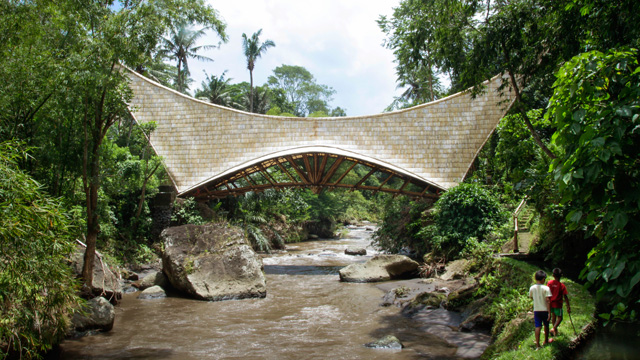 The
program combines standard international curriculums with green studies such as
sustainability, green farming, carbon-footprint, etc. However the approach given
standard subjects seems also to be different from the traditional school. The environment
makes possible a more collaborative learning. Imagine the
children harvesting the food they are going to have for lunch or having as a “private”
swimming pool the river that crosses the property?
The
program combines standard international curriculums with green studies such as
sustainability, green farming, carbon-footprint, etc. However the approach given
standard subjects seems also to be different from the traditional school. The environment
makes possible a more collaborative learning. Imagine the
children harvesting the food they are going to have for lunch or having as a “private”
swimming pool the river that crosses the property?The school today counts with about 300 students, 80% of them are international. The other 20% are local children holding scholarships. They want now to increase the number of students, mainly locals and hopefully they will. The school has called world-wide attention; it has already been covered in TV reports on CNN and BBC News.
Important
to notice that the objective of the Green School is not to train children to
become environmentalists or activists, but to educate them to be more caring about
the environment, more thoughtful and conscious human-beings.
Take few minutes to watch this amazing TED Talk given by John Hardy in 2010 explaining how exactly he had the idea of creating the Green School. Just breathtaking!! (you can change subtitles by clicking on the link above)
Or take a look at Green School's website.
Again, I suppose the idea is not to be against the use of technology but to give a human sense to it and I believe this school has been very successful on that!
I hope to have inspired you again! If you liked it, please share! :-)
Cheers!
Cheers!
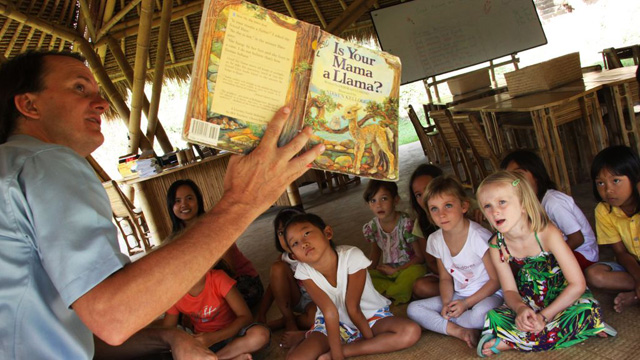




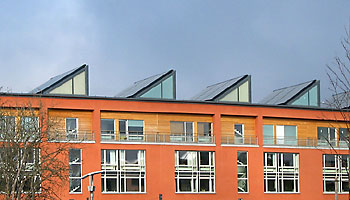
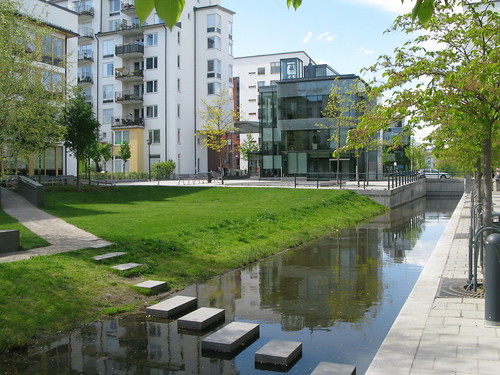


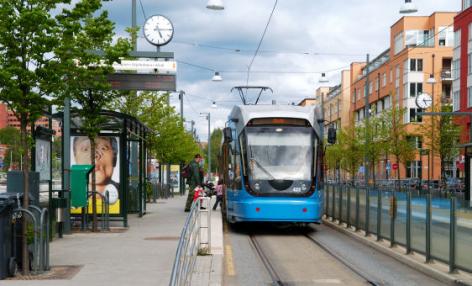




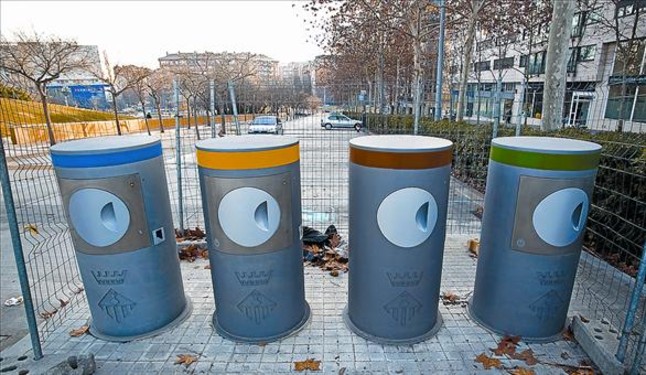
/32544/havvindmoeller_gnm_groent.jpg)
